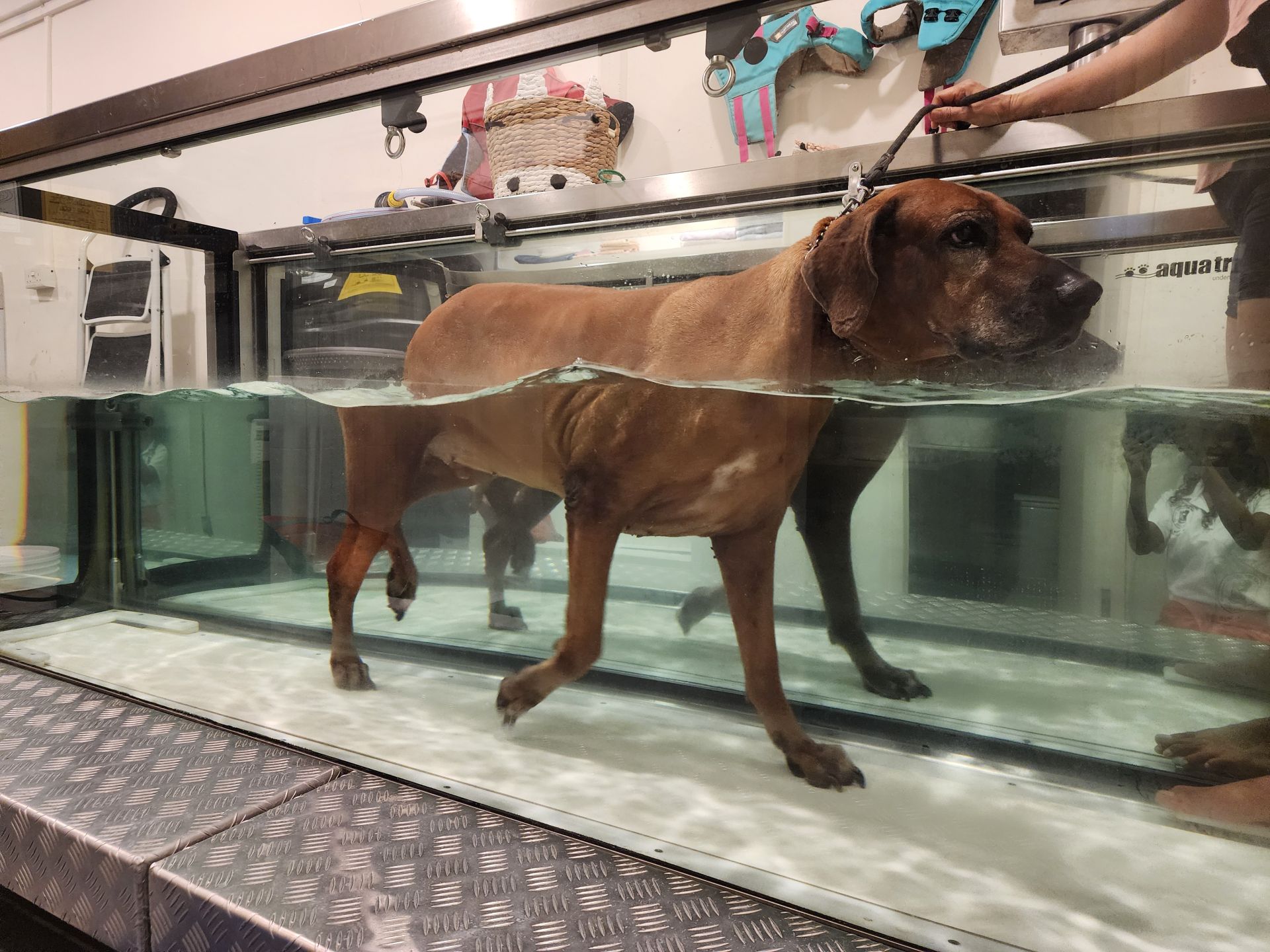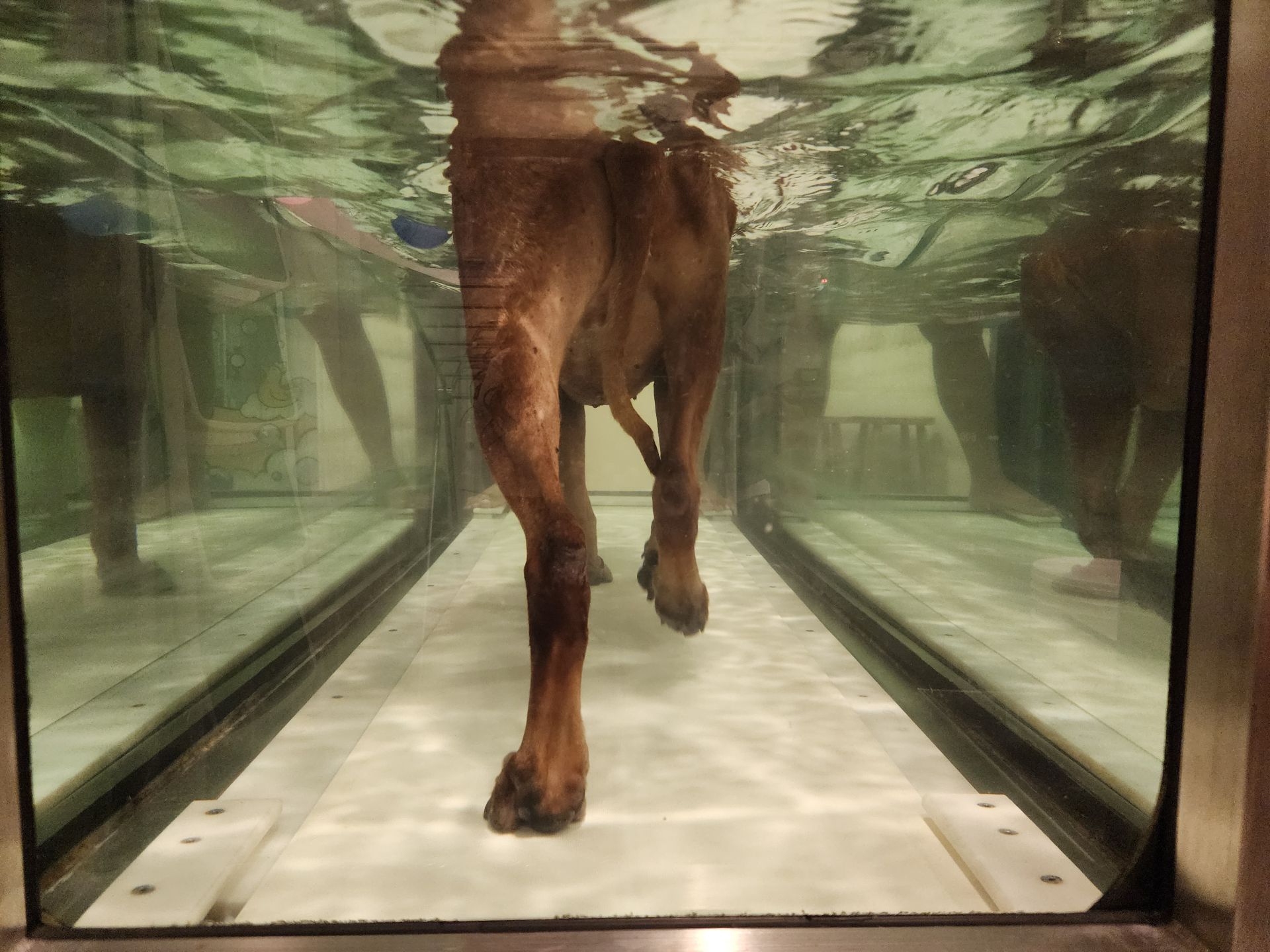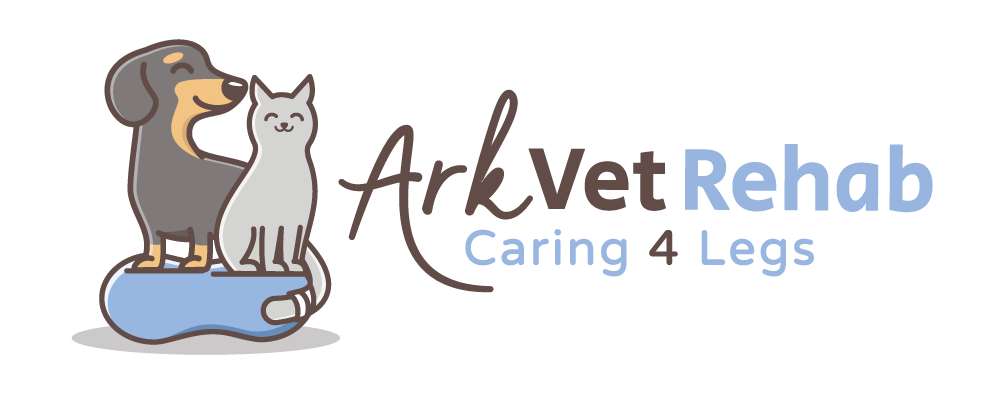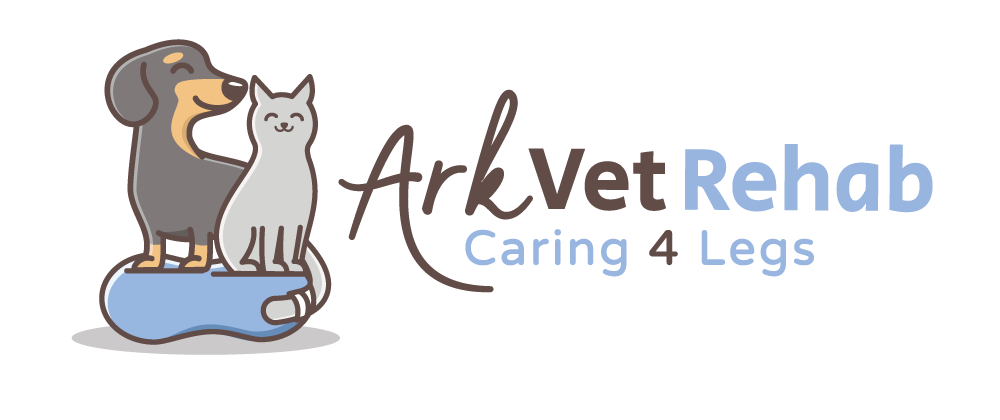The Underwater Treadmill Is an Engineering Marvel!

As a therapist, i absolutely love the underwater treadmill because it helps me understand the dog's movement!
One of the most powerful advantages of the underwater treadmill is how the water naturally slows and magnifies movement. This gives therapists a clear view of the dog’s biomechanics in a way land exercise simply can’t reveal.
When we watch dogs move in water, we can see exactly how they are loading their limbs, whether one leg is placed more centrally or outward, if a limb is being swung instead of stepped forward cleanly, or if the dog is favouring one side.
The water also makes it easy to observe stride length and symmetry. We can tell if one side is taking shorter steps, whether stride length improves as pain decreases or strength returns, and when both sides finally match in rhythm and reach.
Subtle weaknesses, neurological signs, and balance issues also become more obvious in the tank. Knuckling, delayed paw placement, forelimbs stepping faster than hindlimbs, drifting to one side, tripping, or struggling to stay centred on the belt are all things we may not catch on land.
These observations help us fine-tune sessions in real time and track even the smallest improvements. In water, gait isn’t just seen, it’s truly understood.
When we watch dogs move in water, we can see exactly how they are loading their limbs, whether one leg is placed more centrally or outward, if a limb is being swung instead of stepped forward cleanly, or if the dog is favouring one side.
The water also makes it easy to observe stride length and symmetry. We can tell if one side is taking shorter steps, whether stride length improves as pain decreases or strength returns, and when both sides finally match in rhythm and reach.
Subtle weaknesses, neurological signs, and balance issues also become more obvious in the tank. Knuckling, delayed paw placement, forelimbs stepping faster than hindlimbs, drifting to one side, tripping, or struggling to stay centred on the belt are all things we may not catch on land.
These observations help us fine-tune sessions in real time and track even the smallest improvements. In water, gait isn’t just seen, it’s truly understood.



